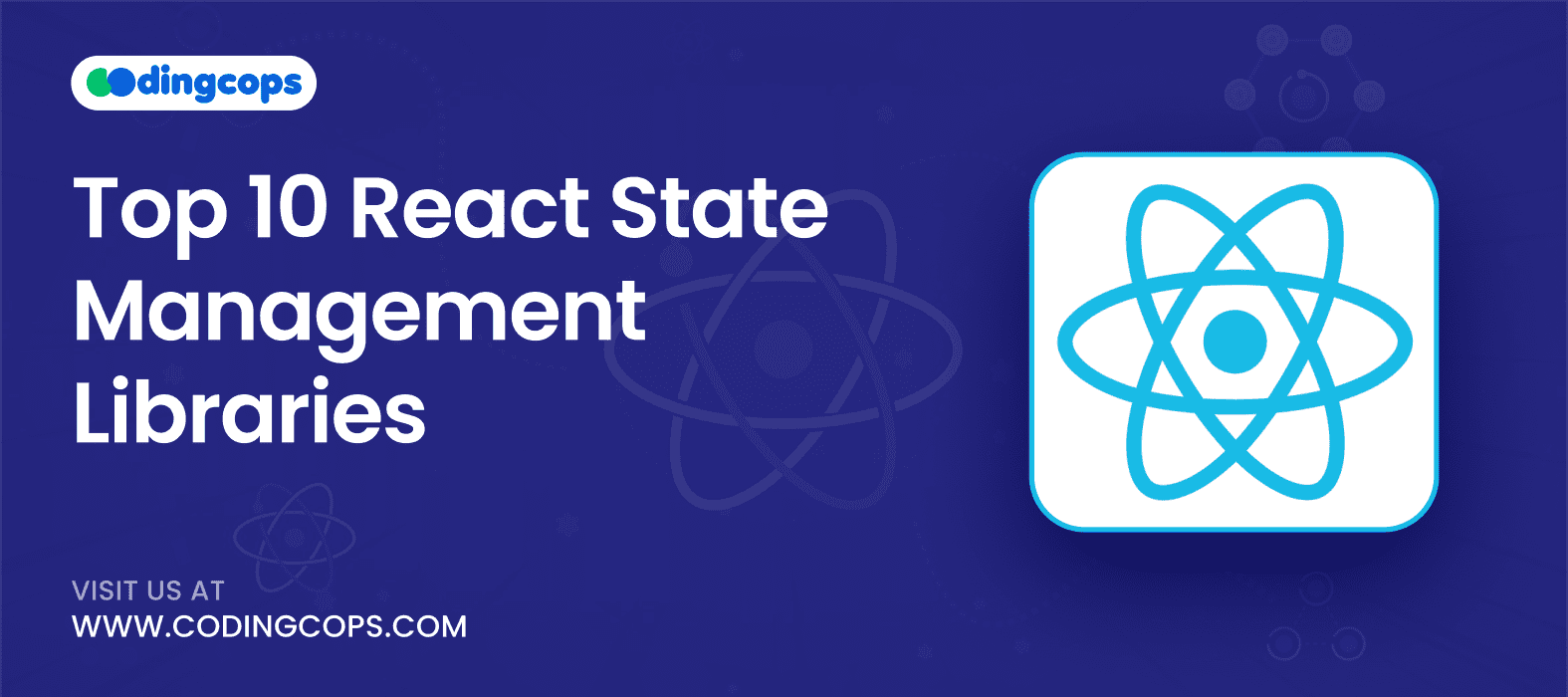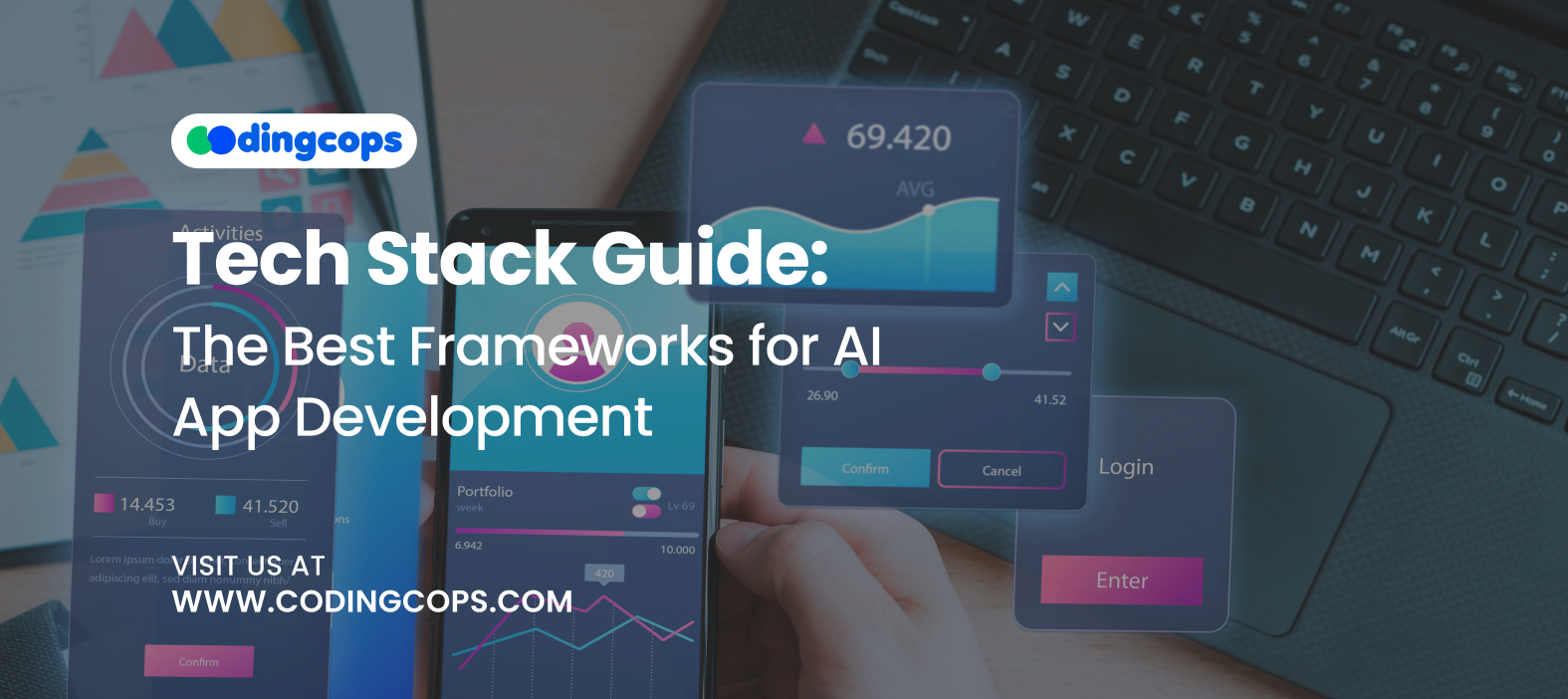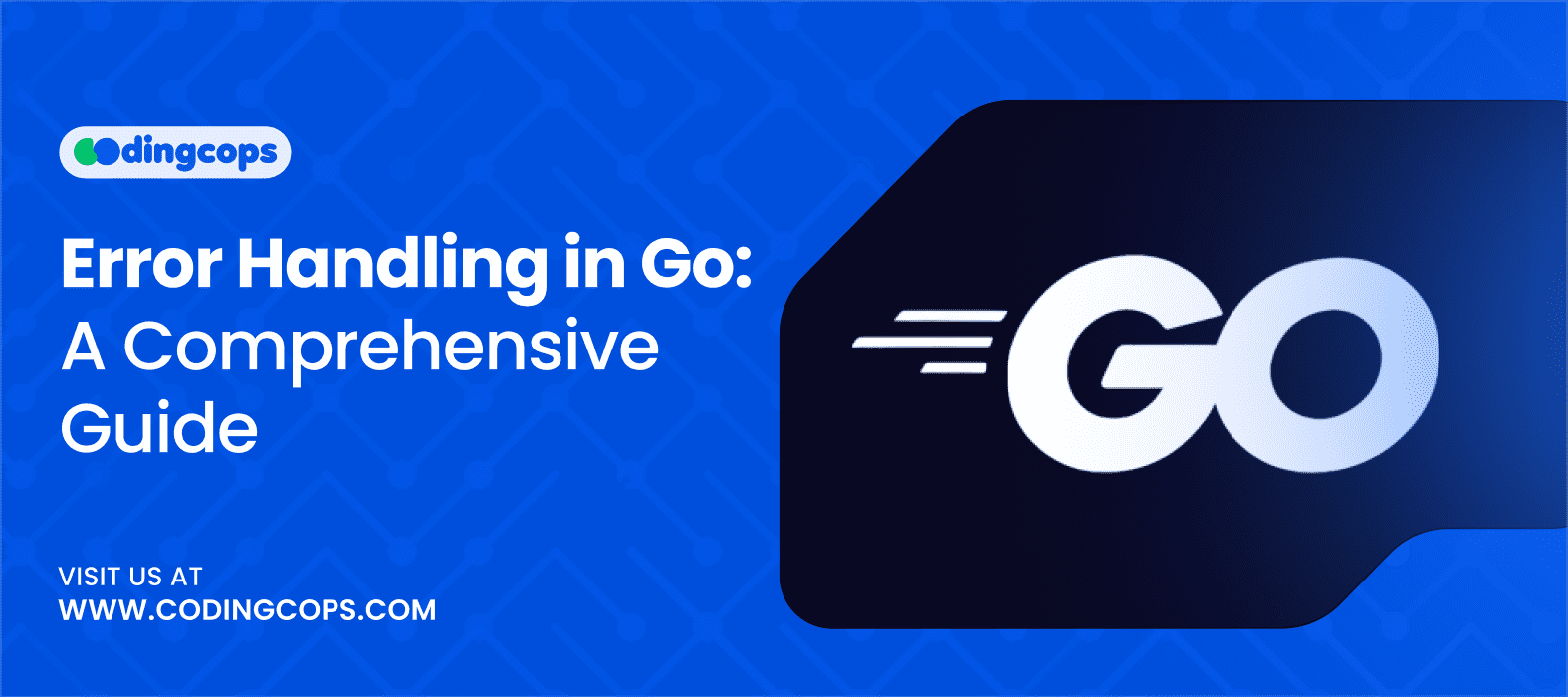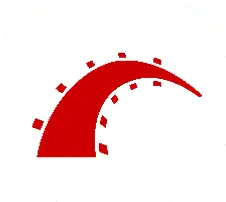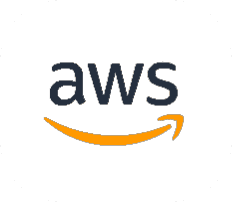Developers are always in search of better frameworks and opportunities to improve their coding skills. The aim is to create high-performing and reliable apps that can work smoothly on every device. Similarly, when it comes to web development, there are different libraries and frameworks available for developers.
Two such famous frameworks for creating interactive web apps are Plain JavaScript and ReactJS. Plain JavaScript is the main language of the web and React is a JavaScript library used for creating user interfaces.
What is Plain JavaScript?

Plain JavaScript is also known simply as JavaScript and it is the core language of the web. It came into being in the mid-90s and has evolved from a simple scripter to a powerful tool that can create sophisticated applications.
JavaScript runs natively in web browsers and allows developers to implement everything from interactive elements to complex web applications without needing any additional tools or plugins.
Advantages of Plain JavaScript
- JavaScript is supported by all modern web browsers and provides a universal standard for creating interactive web pages.
- Being a low-level language, JavaScript allows precise control over the browser and the web page behavior and lets developers implement features exactly as needed.
- Without extra libraries or frameworks, plain JavaScript can be incredibly fast, making it ideal for performance-critical apps.
Disadvantages of Plain JavaScript
- As projects grow, maintaining plain JavaScript code can become hectic due to the lack of structure and modularity.
- Common tasks like DOM manipulation or state management often require custom code or additional libraries, increasing the development time.
What is ReactJS?
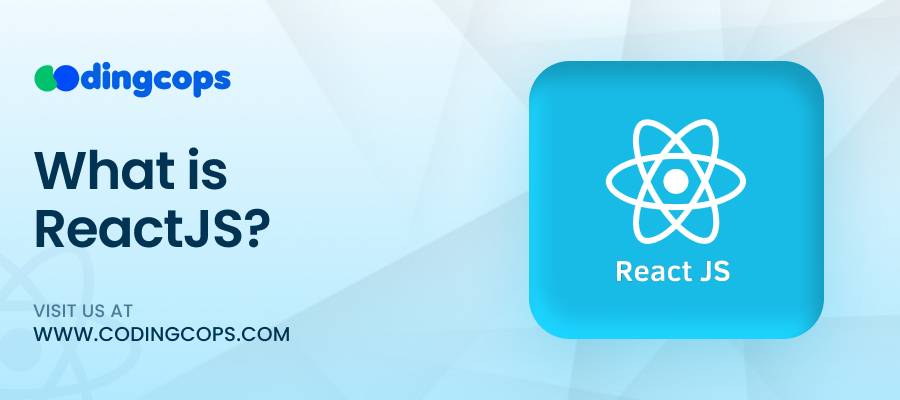
ReactJS or you can say React is a JavaScript library developed by Facebook for building user interfaces. It’s designed to make the process of building complex and interactive UIs smoother and more spontaneous, especially for single-page applications where data changes frequently.
Advantages of React
- When you hire React developers it’s easier to predict and debug code by allowing developers to describe UIs declaratively.
- React builds encapsulated components that manage their own state and then it composes them to make complex UIs.
- React comes with a vast ecosystem of tools and extensions, like Redux for state management and React Router for navigation.
Disadvantages of React
- While React simplifies many aspects of UI development, it requires an understanding of additional concepts, which can be daunting for beginners.
- React uses JSX, a syntax extension that allows HTML with JavaScript, which might be confusing at first.
ReactJS vs. Plain JavaScript

Let’s have a look at how each of these frameworks handles different aspects of web development:
How is the UI Created?
Plain JavaScript
The UI is created through direct manipulation of the Document Object Model (DOM). Developers manually create, append, or modify HTML elements using JavaScript commands. This process can become quite complex and hard to manage as the application grows.
React
React summarizes direct DOM manipulation through its use of JSX (JavaScript XML). JSX allows developers to write their UI components in a syntax that closely resembles HTML but with the full power of JavaScript.
How is the App’s Functionality Distributed?
Plain JavaScript
In plain JavaScript, functionality is typically distributed through global functions or scripts that directly modify the UI and handle user interactions. This can make the code harder to manage, especially as the project scales and functions become interdependent.
React
component in React encapsulates its own logic and state, making the codebase more organized and modular. Components are reusable and can easily be integrated into other parts of the application and this promotes a clean and maintainable code structure.
How is Data Saved in the Browser?
Plain JavaScript
Data is stored in the browser using cookies, localStorage, or sessionStorage. These are straightforward to implement in plain JavaScript but can require additional code to handle data serialization and to ensure that the storage is used securely.
React
React does not provide a built-in method for data storage. However, it seamlessly integrates with JavaScript APIs for saving data. Moreover, React can be combined with libraries like Redux or Context API to manage state more effectively across components.
How is the User Interface Updated?
Plain JavaScript
Updates to the user interface in plain JavaScript require manual interventions. Developers must specify what changes need to be made to the DOM when data changes, which can lead to performance issues and bugs if it is not managed carefully.
React
React introduces a virtual DOM, a lightweight copy of the actual DOM. When changes are made to a component’s state or props, React calculates the most efficient way to update the virtual DOM and then applies these changes to the actual DOM.
How is Output Given?
Plain JavaScript
Output, such as rendering data or showing/hiding elements, is manually handled by the developer. This involves explicitly writing the logic to display data and manipulating the DOM elements accordingly.
React
When the state or props of a component change, React automatically handles the rendering logic. This declarative approach allows developers to focus on the state of the application, while React ensures the UI is updated appropriately.
Popularity
JavaScript
As the scripting language of the Web, JavaScript is foundational for any web development effort. Its versatility allows it to be used for a wide range of purposes beyond web browsers, such as in servers with Node.js or mobile apps via frameworks like React Native.
React
React has grown immensely popular among developers for creating interactive and dynamic web applications. Its effective handling of updates and modular component system make it particularly well-suited for large-scale applications where maintainability and performance are critical.
Conclusion
In ReactJS vs. Plain JavaScript, the choice largely depends on the project requirements and developer preference. If you’re building small and lightweight projects, Plain JavaScript might be faster. For larger and more complex applications, React’s component-based architecture and effective updates make it a better choice.
More Related Blogs
- React vs Angular
- Top 10 Future of React in 2024
- React Lifecycle Methods
- React State Management Libraries
- Hire Spring Boot Developers
- hire nest.js developers


